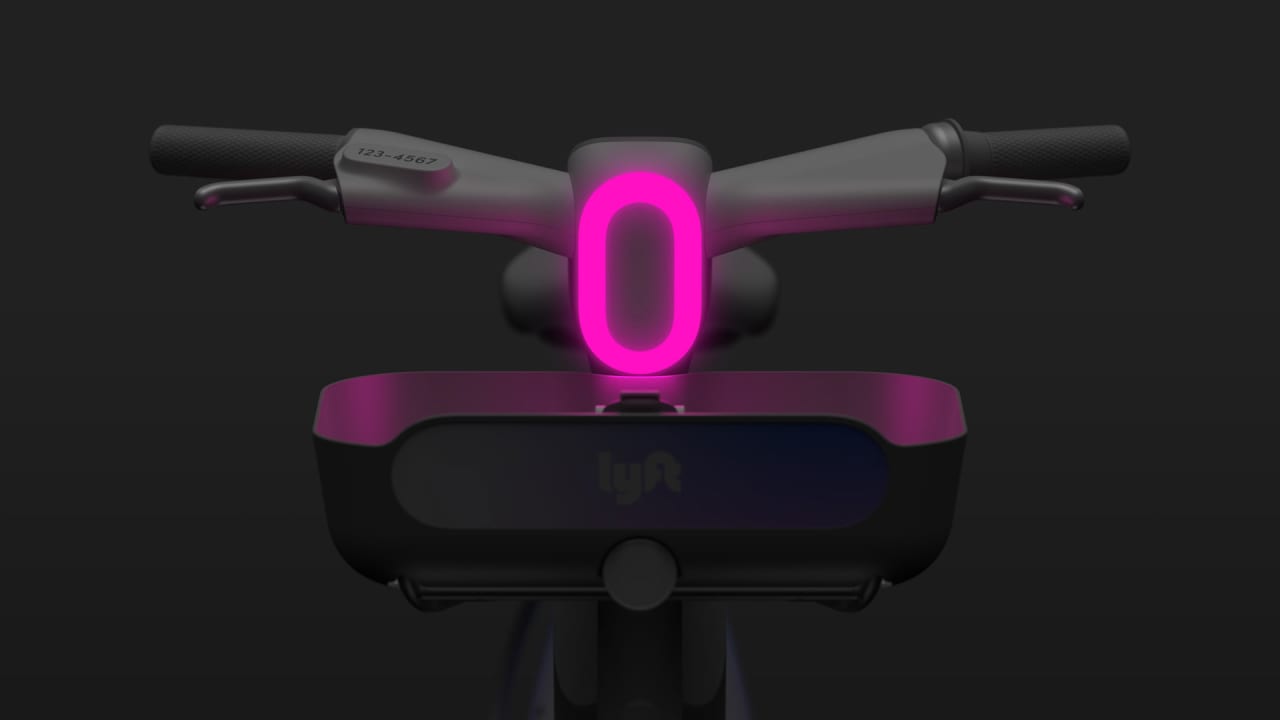In pre-COVID-19 times, I worked in downtown San Francisco and was surrounded by people pedaling around on Lyft e-bikes—and never paid them much attention or gave serious thought to getting on one myself. Then a funny thing happened: I bought my own e-bike to help me shake off pandemic lethargy, and found that I loved it. And since I live too far into suburbia to consider commuting to my office on two wheels, I started looking forward to using Lyft’s bike-sharing service once I returned to the city. While I was getting intrigued by Lyft’s e-bikes, the company was busy creating its next-generation model—the first one it’s designed itself, after previously using e-bikes from a company called GenZe. I got to take a spin on one of the new bikes last week; more will hit the streets of San Francisco this week in a beta test, with the official rollout starting in Chicago this fall. Over time, this model will gradually replace Lyft’s current e-bikes, which comprise anywhere from 20% to 100% of its fleet depending on the market. (Between electric and conventional bikes, Lyft is the largest bike-share operator in North America.) For Lyft, designing its own e-bike started with assembling the necessary talent, which operates out of a workshop—warehouse in San Francisco and uses the environs as a proving ground. “We built this really amazing world-class design team that is passionate about micro-mobility and has a wide background from consumer electronics and everything with wheels,” says head of industrial design Oli Mueller, whose own résumé includes four years of experience working on smart-home products at Nest. The goals of this team did not include reinventing the experience of using one of its bikes in a way that might flummox current happy customers. So even though the new bike is new from the ground up, it doesn’t feel that new. “When you take a step back, it looks kind of the same, kind of different,” says Gary Shambat, Lyft’s product lead for bikes and scooters. “And that’s purposeful.” Lyft’s new e-bike aims to be a lot better than its old e-bike, without being a radical departure. [Image: courtesy of Lyft] It also turns out that many of the touches that make an e-bike suitable for sharing aren’t glaringly obvious. They relate more to eliminating obstacles that might prevent people from using a bike—because it doesn’t fit them, can’t accommodate their stuff, or is just plain out of service. For example, the new bike’s seat can be lowered by an additional three inches—using a more accessible unlocking mechanism—which is a boon to shorter riders. The front-mounted basket’s backside is now closed rather than open—which should lessen the chances of your possessions taking a tumble—and its strap has been redesigned to facilitate securing bulky items such as groceries. There’s a new monochrome screen, but its primary purpose is to display helpful information before and after a ride rather than to do anything that might be distracting in transit. And Lyft learned from its experience with its current bikes to address problem areas that require e-bikes to be taken out of service for repair. Instead of a battery mounted externally on the downtube, the new bike sports one embedded inside the tube. Beyond the more elegant look, the battery has doubled in capacity from 500 watt-hours to 1,000 watt-hours—enough juice, Lyft says, for up to 60 miles of range, depending on factors such as the rider’s weight and how many hills the bike climbs. Not that any individual is likely to go anything like that distance; typical trips are more like a 1.5 to 2 miles. But the bigger the battery, the less often it needs to be charged, increasing a bike’s availability

Read this article:
Lyft just built a better e-bike for urban sharing